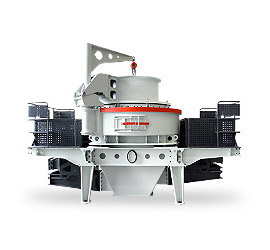Crusher plant assessments are critical for ensuring operational efficiency, safety, and compliance with regulations. These evaluations typically involve inspecting equipment, processes, and environmental impacts to identify risks, optimize performance, and maintain regulatory standards. Below are key aspects of crusher plant assessments:
 1. Safety Assessment
1. Safety Assessment
– Hazard Identification: Check for mechanical hazards (e.g., moving parts, conveyor belts), electrical risks, and fall hazards.
– Guarding & Lockout/Tagout (LOTO): Ensure all machinery guards are in place and LOTO procedures are followed.
– Dust & Noise Control: Assess exposure levels to silica dust and noise, ensuring compliance with OSHA/MSHA or local regulations.
– Emergency Preparedness: Verify fire suppression systems, first-aid kits, and evacuation plans.
2. Equipment Condition & Maintenance
– Mechanical Integrity: Inspect crushers (jaw, cone, impact), screens, conveyors, and feeders for wear, cracks, or misalignment.
– Lubrication & Bearings: Check lubrication systems and bearing conditions to prevent failures.
– Vibration Analysis: Monitor excessive vibrations that could indicate mechanical issues.
– Spare Parts Inventory: Ensure critical spare parts are available to minimize downtime.
3. Operational Efficiency
– Throughput Analysis: Measure production rates vs. design capacity.
– Material Flow Optimization: Check for bottlenecks in crushing/screening stages.
– Energy Consumption: Evaluate power usage per ton of material processed.
– Product Quality: Assess particle size distribution and shape against specifications.
4. Environmental Compliance
– Dust Suppression Systems: Verify water sprays, baghouses, or enclosures are functional.
– Water Management: Inspect sedimentation ponds or runoff controls to prevent contamination.
– Air Emissions Monitoring: Ensure compliance with local air quality standards (e.g., PM10/PM2.5).
– Waste Man ment: Proper handling of scrap metal, spillage, and used oil.
ment: Proper handling of scrap metal, spillage, and used oil.
5. Structural & Site Assessment
– Foundation Stability: Check for cracks or settling under heavy equipment.
– Access Roads & Drainage: Ensure proper grading to prevent water pooling.
– Stockpile Management: Avoid overloading and segregation of materials.
6. Regulatory & Documentation Review
– Permits (air/water/waste) up-to-date?
– Training records for operators/main





Leave a Reply